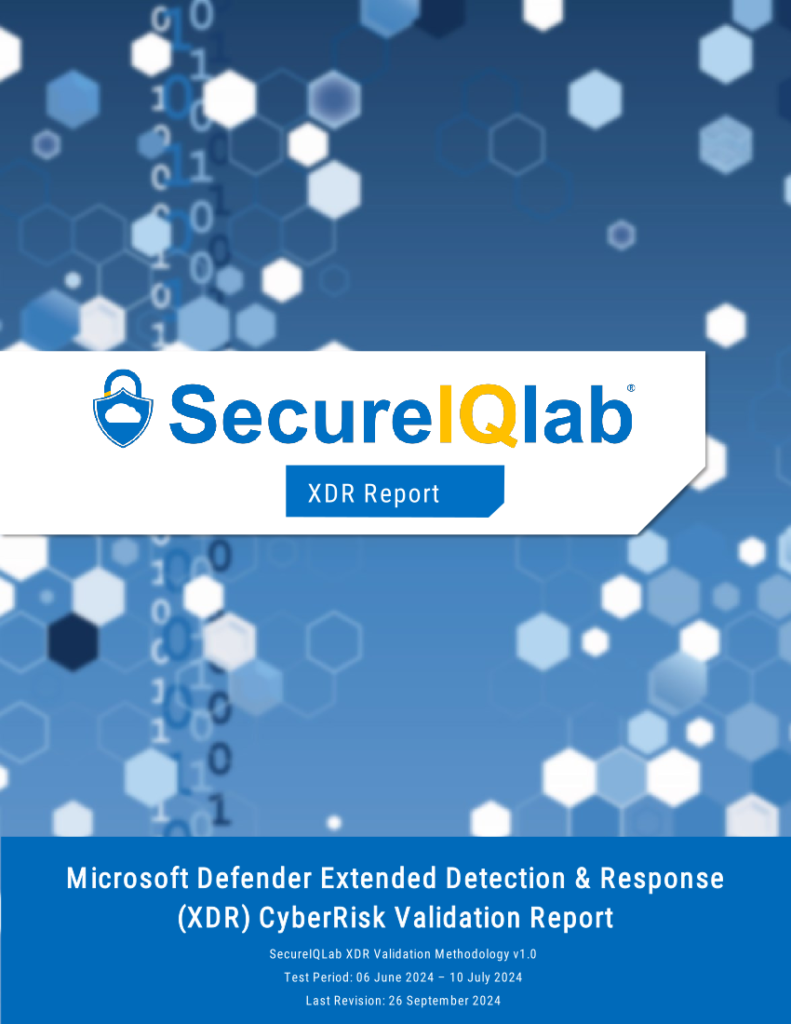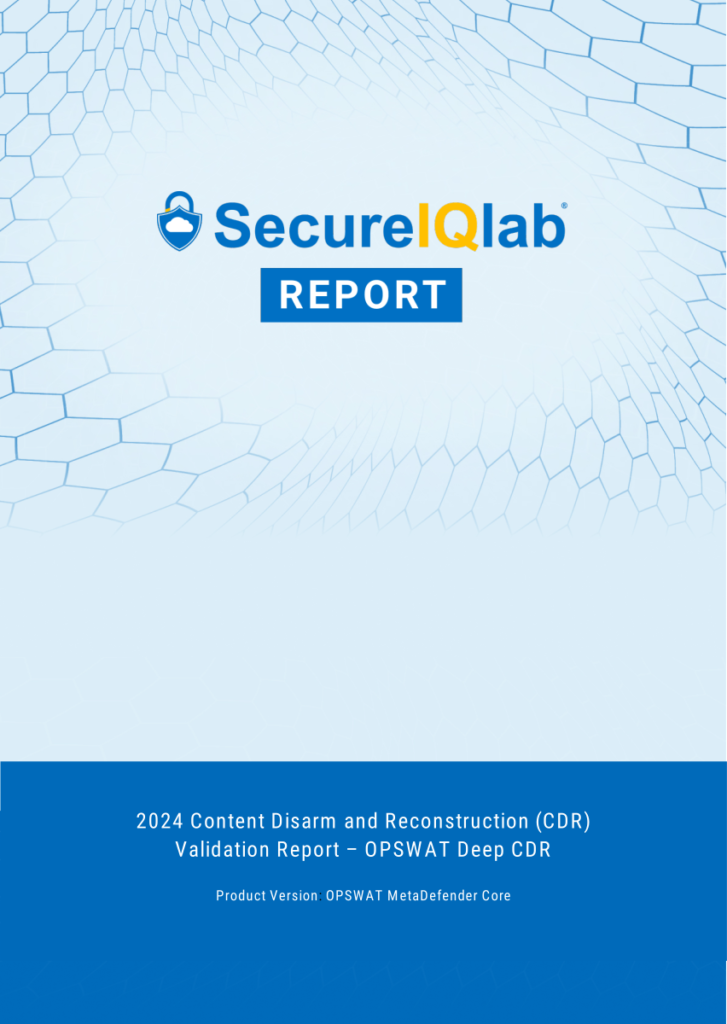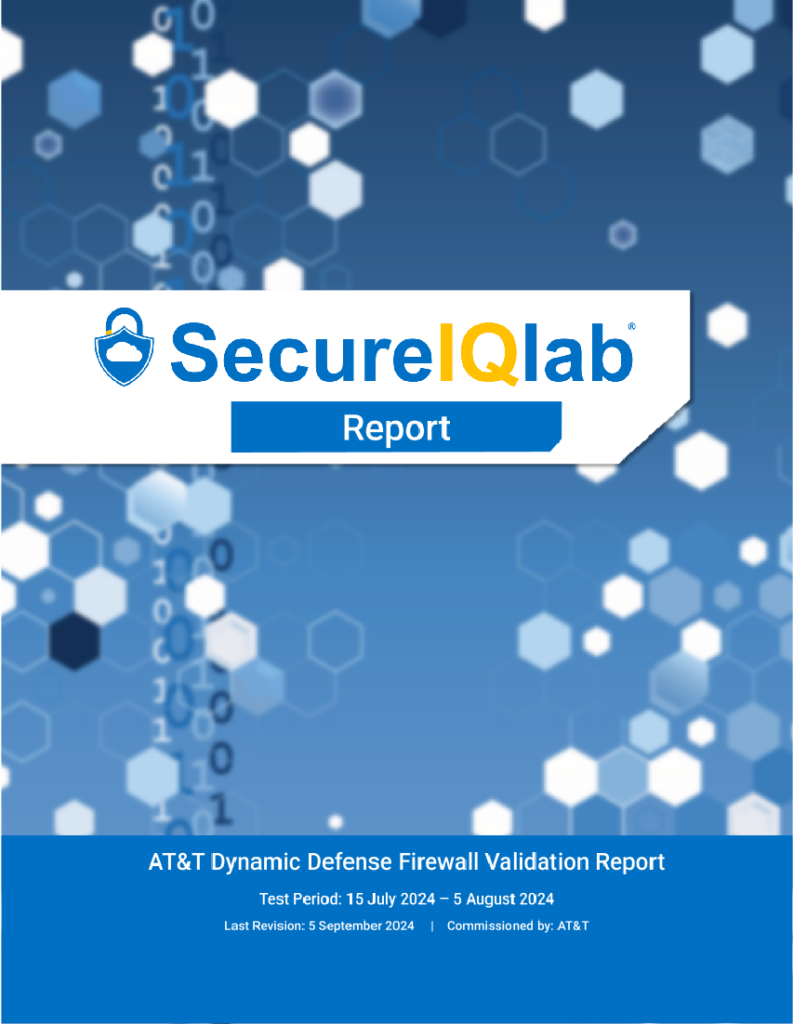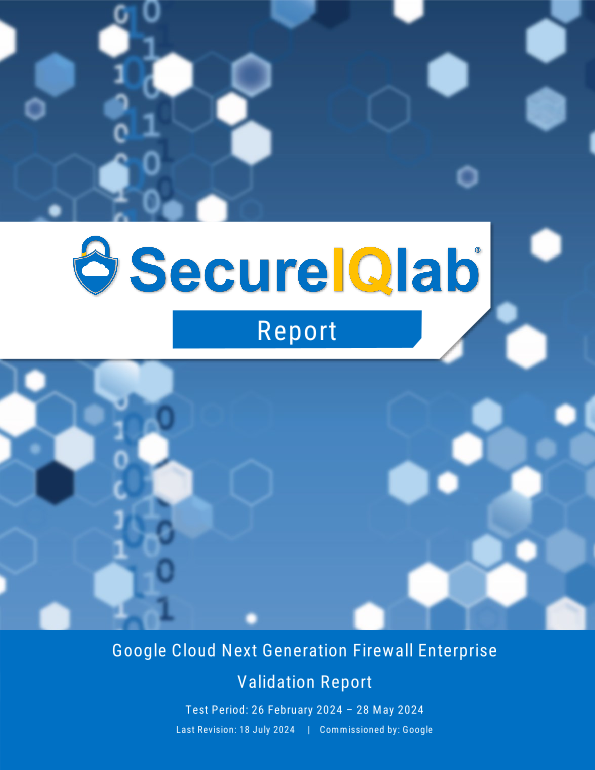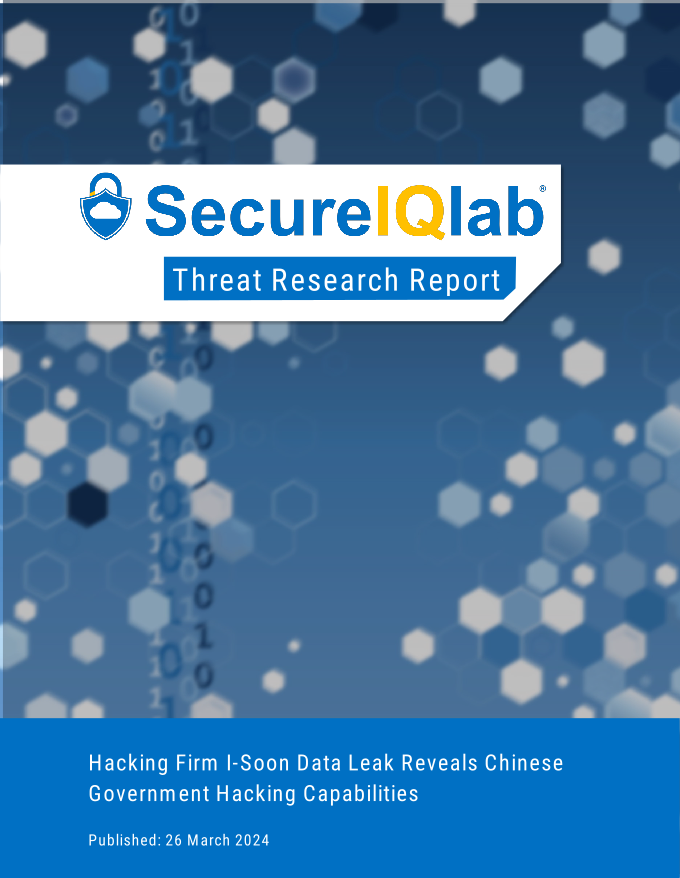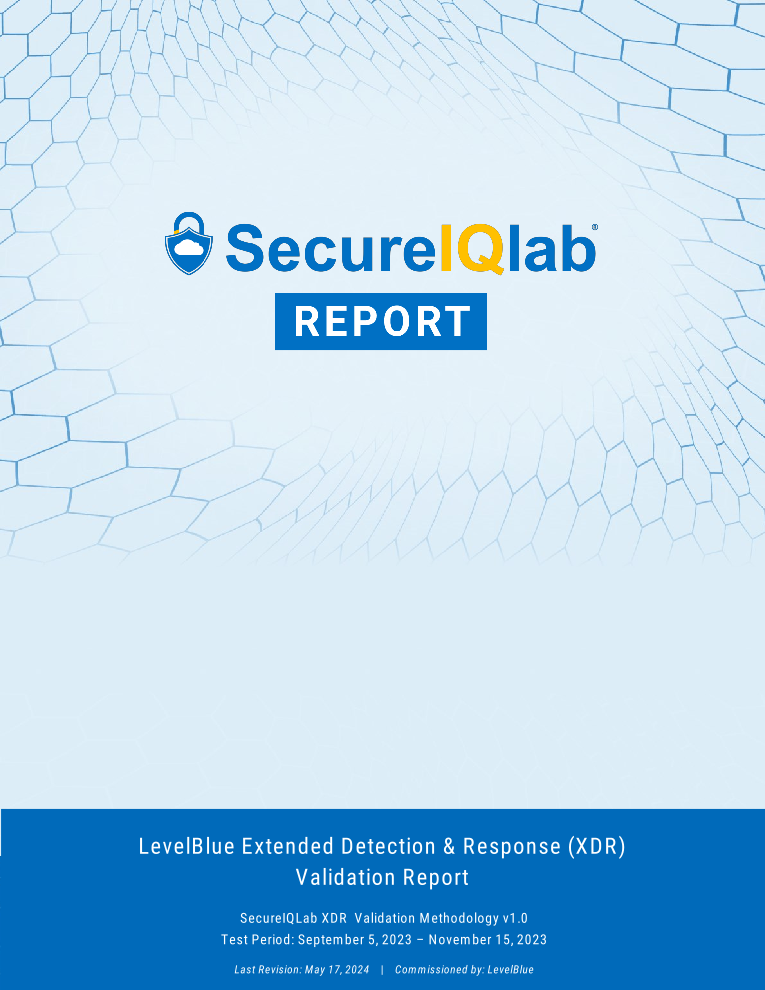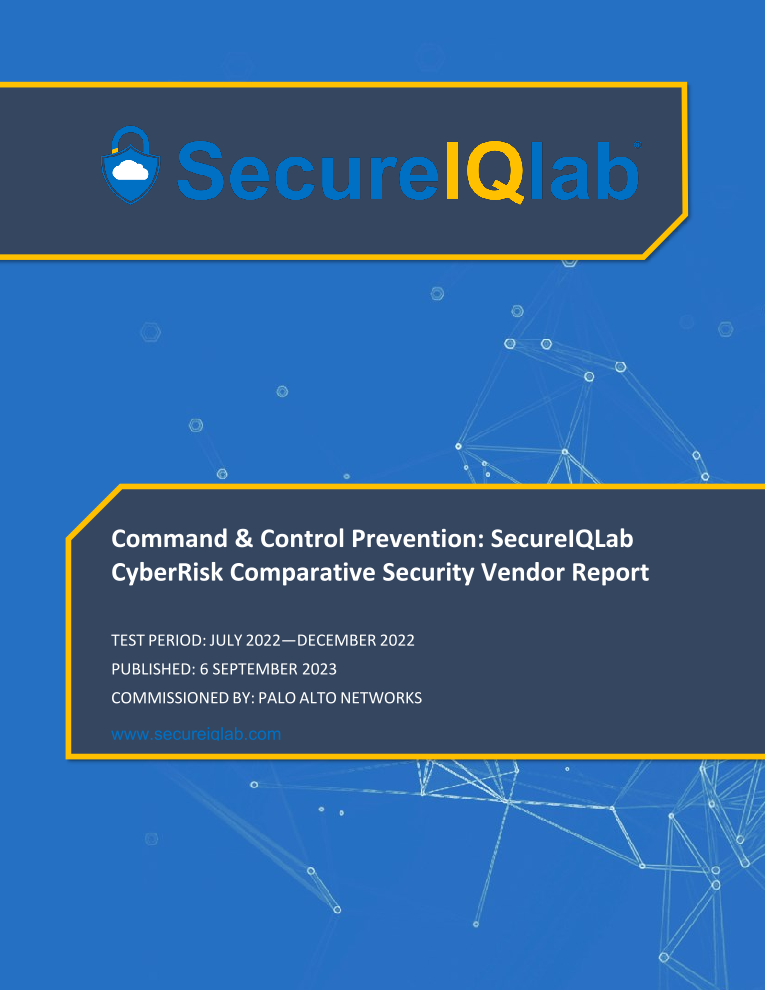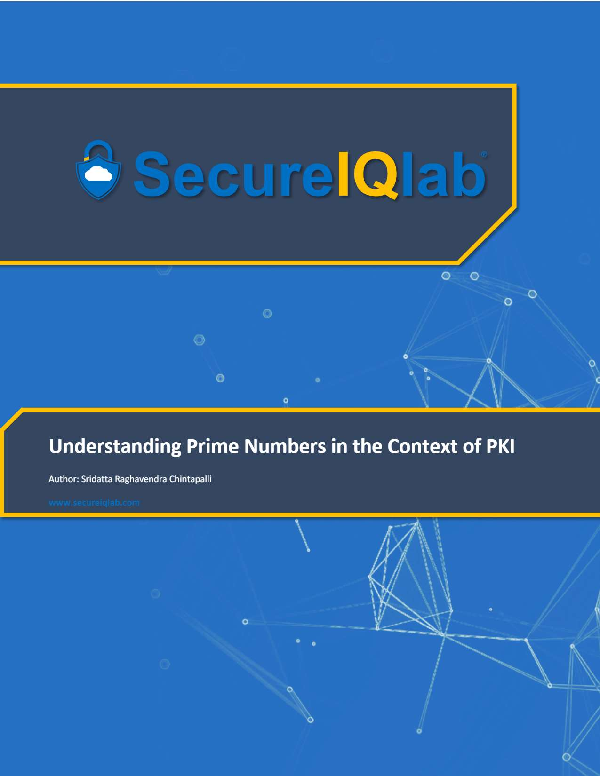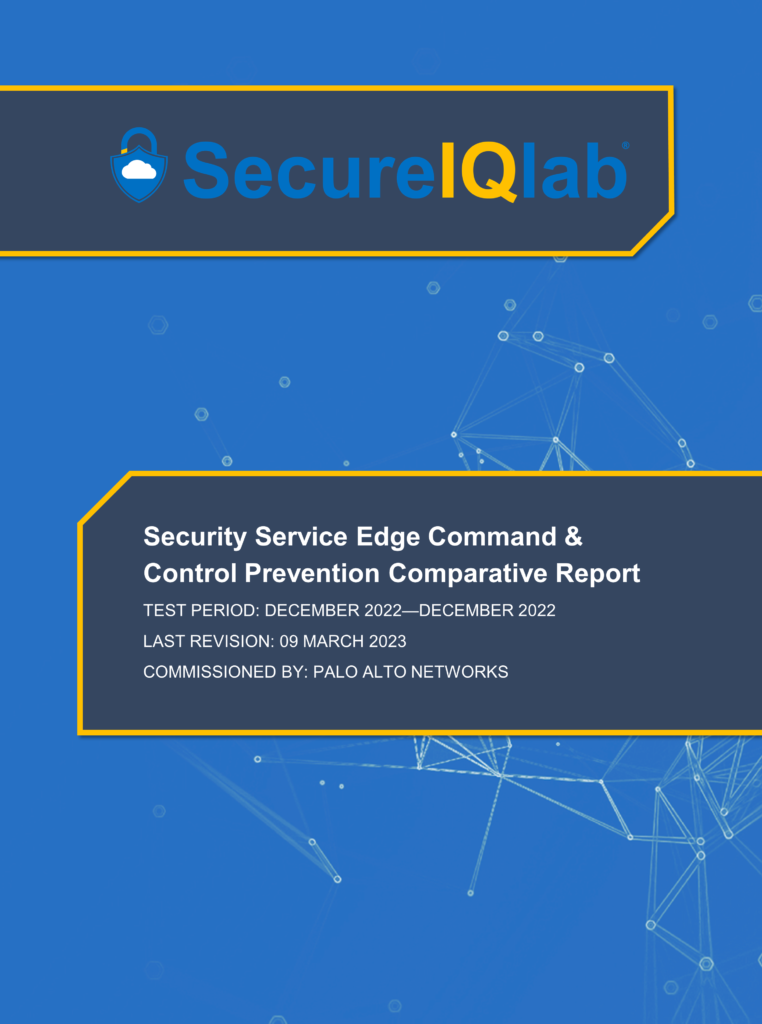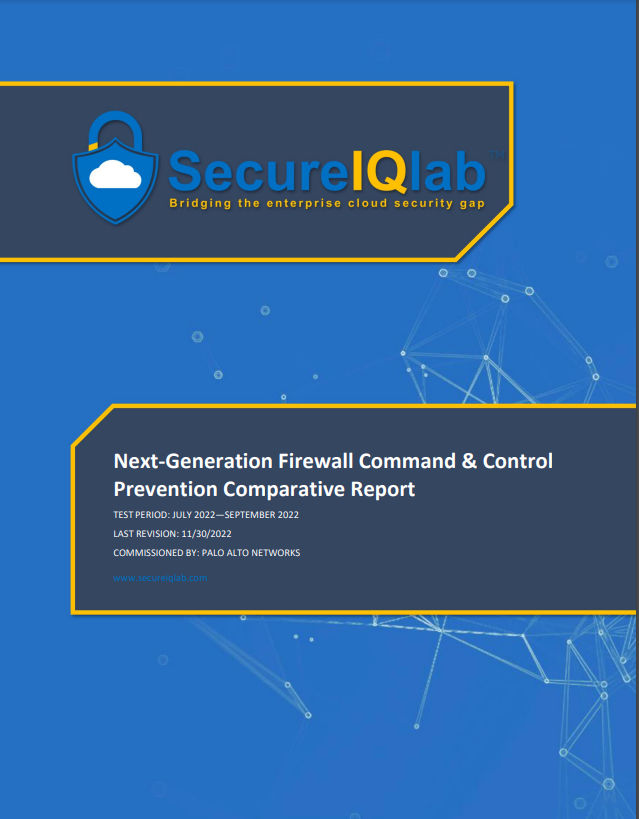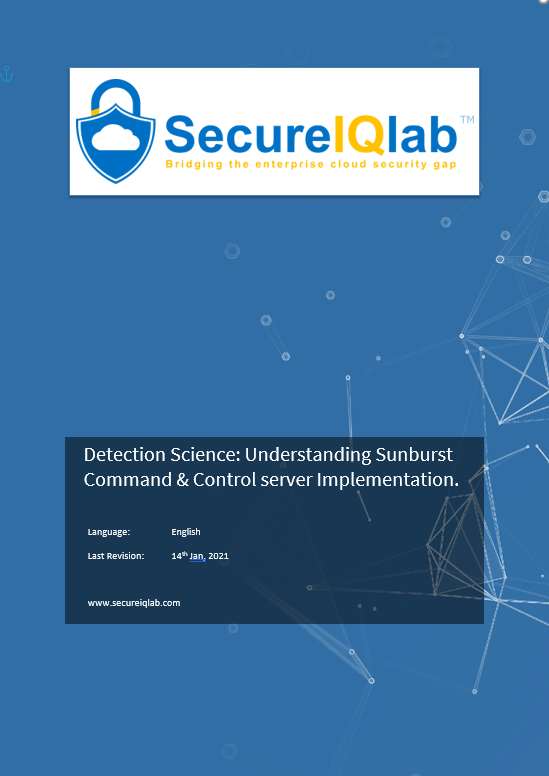Microsoft Defender Extended Detection & Response (XDR) CyberRisk Validation Report
SecureIQLab tested the ability of Microsoft’s Extended Detection and Response (XDR) solution to manage the Threat Detection and Incident Response (TDIR) lifecycle comprehensively. Validation was completed to ensure the unification of threat data across endpoints, networks, and cloud environments while highlighting AI/ML contributions to the detection model. The evaluation, based on SecureIQLab’s XDR v1.0 Validation Framework, focused on the solution’s efficiency in detecting and responding to threats, reducing alert overload, and enhancing incident prioritization using analytics, machine learning, and integrated threat intelligence. The real-world performance of the XDR solution was demonstrated through deployment in a controlled, segmented environment that contained varied user permissions, aiding in the assessment of the solution’s effectiveness and its ability to minimize false positives.

